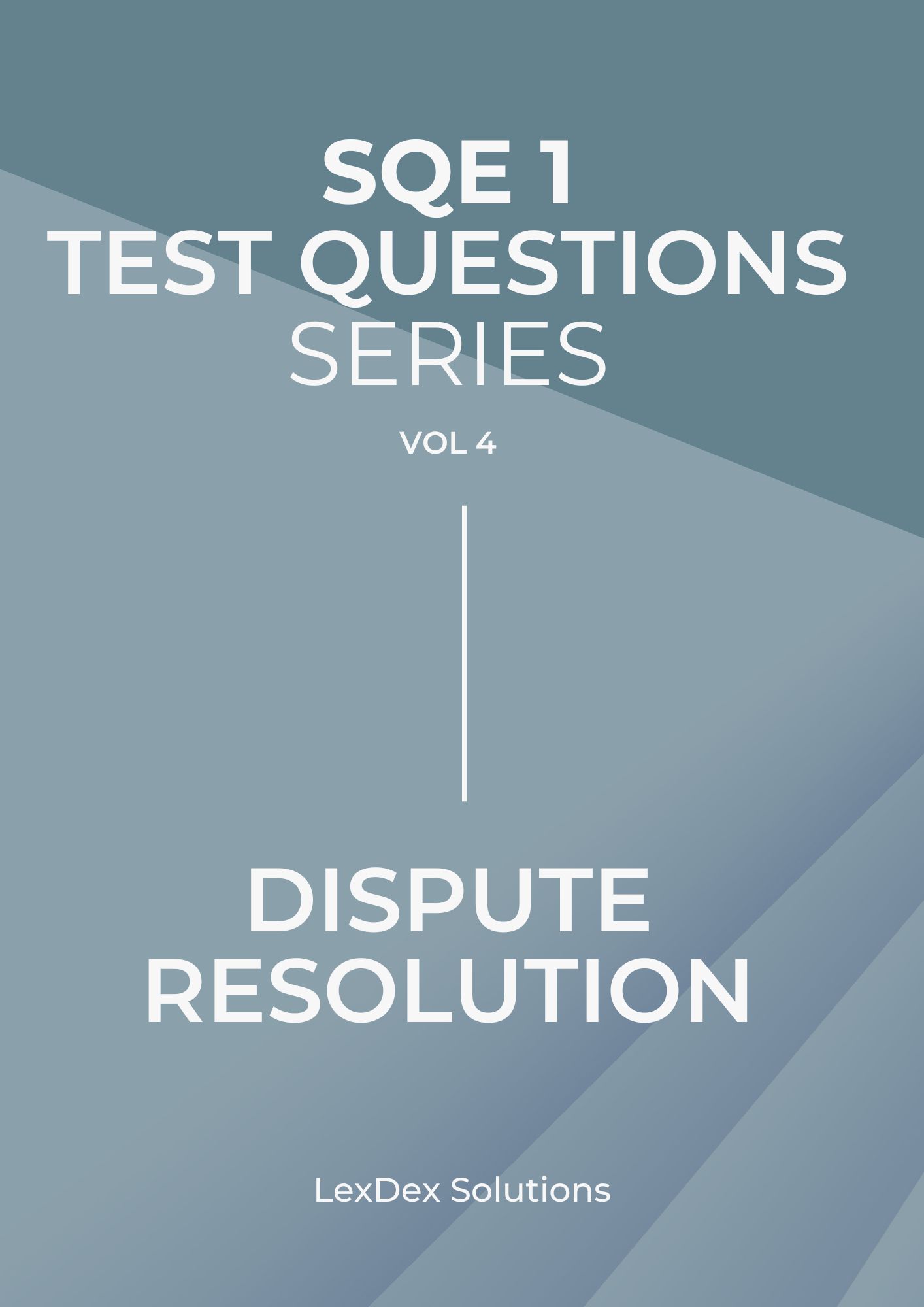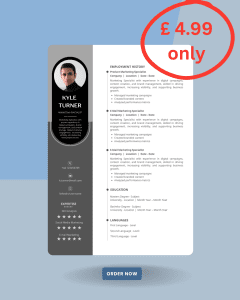Top 5 SQE1 Mistakes Students Make in Dispute Resolution
Preparing for the SQE1 exam is a challenge that goes beyond memorising rules and procedures, it requires to also learn the most common SQE1 Mistakes. Nowhere is this more evident than in the Dispute Resolution component, which requires a clear grasp of the Civil Procedure Rules (CPR) and their practical application. This is not a subject where you can rely on guesswork — the examiners test your ability to apply the rules in real-world contexts.
Unfortunately, many students lose marks by falling into the same avoidable traps. In this article, we break down the five most common mistakes SQE1 candidates make in Dispute Resolution, provide examples of how they appear in exam scenarios, and give you strategies to avoid them.
1. Misunderstanding Case Management Rules
Case management is the backbone of the CPR. It ensures litigation is handled efficiently, fairly, and proportionately. Yet, many SQE1 candidates fail to apply these principles correctly.
Common SQE1 Mistakes
Track allocation confusion: Students mix up small claims (under £10,000), fast track (£10,000–£25,000 with limited issues), and multi-track (complex or high-value cases). They assume claim value is the only factor, forgetting complexity and proportionality matter too.
Overlooking CPR 1.1: The overriding objective is often ignored. Every procedural decision must tie back to fairness, efficiency, and cost-effectiveness.
Misinterpreting court hearings: Some confuse a case management conference (CMC) with a directions hearing, or assume both mean the same thing.
Example Trap Question
A claim worth £12,000 involves complex expert evidence. Which track is it allocated to?
Wrong answer: Small claims, because of the amount.
Correct answer: Fast track or even multi-track, because complexity outweighs value.
Exam Strategy
Create a quick track allocation chart and memorise both monetary thresholds and complexity factors.
Always ask: Which option best achieves the overriding objective under CPR 1.1?
Look for “hidden hints” in the scenario — e.g., expert evidence almost always rules out small claims.
2. Overlooking Limitation Periods
Limitation law is one of the most tested but most frequently misunderstood areas in Dispute Resolution.
Common SQE1 Mistakes
Assuming all claims have a six-year limitation period.
Forgetting the special three-year rule for personal injury and the one-year rule for defamation.
Ignoring s.14 of the Limitation Act 1980, which allows for the “date of knowledge” rule in latent damage cases.
Example Trap Question
A claimant develops asbestosis ten years after exposure. What is the limitation period?
Wrong answer: Time-barred because exposure was ten years ago.
Correct answer: The clock starts from the date of knowledge, so the claim may still proceed.
Exam Strategy
Memorise a limitation timeline:
Contract: 6 years.
PI: 3 years.
Defamation: 1 year.
Deeds: 12 years.
Practise applying exceptions (like “date of knowledge”) to tricky fact patterns.
Flag limitation questions in the exam — they are usually short and high-scoring if you know the rule
3. Ignoring ADR (Alternative Dispute Resolution)
Many candidates treat ADR as a side note, but in modern civil litigation it is fundamental.
Common SQE1 Mistakes
Believing ADR is optional. In fact, refusing ADR unreasonably can trigger adverse cost orders.
Overlooking Part 36 offers, which are key to settlement and costs consequences.
Assuming ADR is irrelevant once proceedings start — in reality, it remains encouraged throughout.
Example Trap Question
A defendant refuses mediation and insists on trial. The claimant wins but is awarded reduced costs. Why?
Correct answer: The refusal to attempt ADR was unreasonable.
Exam Strategy
Always connect settlement/costs questions to ADR and Part 36.
Remember: ADR includes mediation, arbitration, conciliation, and negotiation.
Think practically: courts expect parties to try ADR before using limited judicial resources.
4. Confusing Interim Applications
Interim remedies appear frequently in SQE1 and can be tricky because their purposes overlap.
Common SQE1 Mistakes
Confusing freezing injunctions (preserve assets) with search orders (preserve evidence).
Mixing up strike out and summary judgment. Both remove claims but for different reasons: strike out for defective pleadings; summary judgment for claims with no real prospect of success.
Assuming interim payments are early damages — they are only available where liability is clear.
Example Trap Question
A claimant applies for inspection of documents before trial. What is this?
Wrong answer: Search order.
Correct answer: Specific disclosure.
Exam Strategy
Categorise interim applications into asset protection, evidence preservation, claim control, and financial relief.
When in doubt, ask: What is the purpose — protecting assets, preserving evidence, filtering claims, or cash flow?
Use mnemonics (e.g., “F-S-S-I” = Freezing, Search, Strike out, Interim payment).
5. Poor Time Management in Scenario Questions
Even strong candidates lose marks due to poor time allocation.
Common SQE1 Mistakes
Spending five minutes analysing one question instead of moving on.
Falling for long, distractor-heavy answers that waste time.
Forgetting that each multiple-choice question carries equal weight.
Exam Strategy
Apply the 90-second rule: if stuck, flag the question and return later.
Eliminate obviously wrong answers first — this saves time and increases odds of guessing correctly.
Practise with SQE1-style timed mocks to build speed and stamina.
How to Master Dispute Resolution in SQE1
To succeed in this tricky subject:
Learn the logic of the CPR, not just the rules.
Memorise key time limits (limitation and procedural deadlines).
Link costs and settlement questions to ADR and Part 36.
Categorise interim remedies by function.
Practise time management under exam conditions.
FAQs
Is Dispute Resolution the hardest SQE1 subject?
Many candidates say yes, because it requires both procedural knowledge and exam technique. However, with practice, it becomes predictable.
What CPR rules should I prioritise for SQE1?
Focus on: track allocation, limitation, Part 36 offers, ADR, interim remedies, and case management.
How much time should I spend revising Dispute Resolution?
Plan at least 20–25% of your SQE1 prep time for Dispute Resolution, as it overlaps with Civil Litigation and Evidence.
Final Thoughts
The SQE1 exam tests more than black-letter law. It tests whether you can think like a solicitor, applying rules quickly and effectively under pressure. By avoiding the five mistakes outlined here, you’ll dramatically improve your chances of success in Dispute Resolution.
And remember, exam success is only the first step. To secure interviews and training contracts, you’ll also need a professional, ATS-friendly CV that highlights your strengths. That’s why we recommend Lawlio


